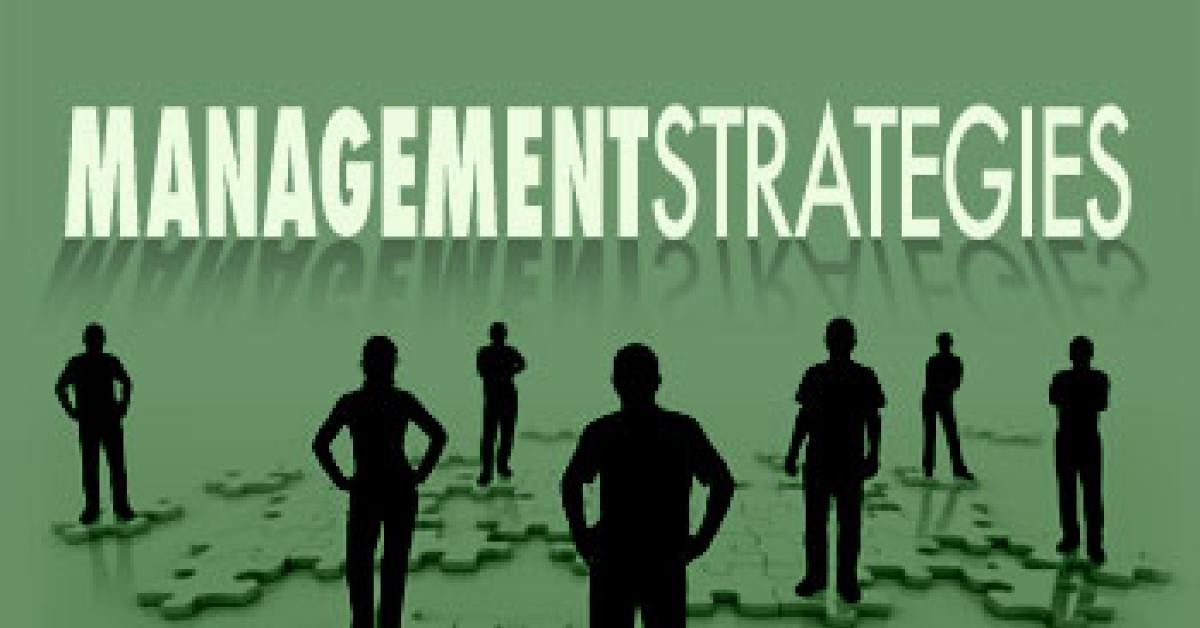SAN FRANCISCO — Owners often ask how to prepare their dry cleaning business for an optimum-priced sale. Generally, the answer is the same as the answer to an entirely different question: “How can I improve my business?”
To optimize the value of a business, make it the best it can be. Is that an oversimplification? Yes. Is it true? Yes.
IF YOU’RE NOT SELLING, YOU’RE BUYING
Whether you are preparing your business for an arm’s length sale, for a transfer to the next generation that you hope will be as passionate about dry cleaning as you are, or you have no sale planned, you are still preparing the company for a “sale” at some value.
If you are not actively selling your business, you are actively re-buying it yourself every day. You are making a conscious or subconscious decision to continue to exchange your capital investment, time, effort and equity (whatever the current value) for ongoing ownership of your company.
Optimized value benefits you whether you sell or not because the business is more valuable as a profit generator over the long and short terms.
An outside buyer—arm’s length buyer—will require a price that ensures a reasonable competitive return on investment after allowing for the opportunity cost of investing assets and/or financing the purchase. The more profitable the company, the higher the valuation it will command.
If your dream is to have the family business stay in your family, that scenario also benefits from optimizing both long- and short-term return on investment.
If your plan is to run the company yourself for the foreseeable future, it is still to your advantage to have it generate as much profit as possible. This does not mean milking a cash cow until it is dry, but rather nurturing it so it will provide generous cash flow over time.
KEYS TO PROFITABILITY
How can you make your business more profitable? Try these approaches:
Be Sales-Focused
One of the most effective ways to increase profit is to increase profitable sales volume. The dry cleaning industry has evolved from a passive service with a build-it-and-they-will-come attitude to one in which active selling is a necessity to survival.
Customer service staff must be converted to salespeople. Route drivers must sell or be compensated for their delivery role only with a bonus if they sell. Sales managers must train their charges to actively sell, and give them the tools to aid them in the process. Everyone throughout the company must understand their role in the sales process and their responsibility to perform it well. They need to know and believe that their livelihood depends on effective selling.
Active outreach to sell direct to current customers and prospects is a key component of the dry cleaners that are prospering, especially in the prolonged downturn, as is active relationship building that results in sales through efforts with partners.
Achieve Economies of Scale
Recent consolidations, acquisitions and closings of unprofitable stores have proven again that matching capacity to demand is much more profitable than spreading sales and/or processing over broader geography or multiple competitors.
Be Efficient
Most of you are aware of the industry standards of productivity and expense ratios. Do you manage to the standards or just assume that your organization achieves an acceptable result? Measurement is the first step to management. Managing to benchmarks is more profitable than managing to averages.
Control Labor
Do you set, post and track productivity goals for all positions in the company, and require that those goals are met continuously? Is management managing productivity or is the line staff managing it by default? Associates will maximize their income if they are allowed to do so.
Control Other Expenses
Each expense item has an acceptable range. The highest return on your management attention, however, is gained from the largest expenses. Obviously, the elephant in the room is labor, as it is our industry’s single-largest expense item, thus I have listed it as a stand-alone category. Sales and distribution costs (other than labor) tend to be the second-largest category. The item that has been most affected recently by active management and negotiation/renegotiation is rent. By overcoming the reluctance to approach the landlord, many cleaners have reduced their rents to more profitable levels.
Ranking the expense items by size of expenditure and by the ability to influence that expenditure will be a high-payout investment of time and management skill.
Be Flexible
It is often difficult to let go of the familiar to make way for a more appropriate alternative, to move on.
Locations — One of the best examples of this challenge is “the original store location.” In all likelihood, if it is the founding site, it is no longer located in a viable dry cleaning neighborhood. Move with the most likely dry cleaning customer shifts.
Legacy Staff — It is also difficult to say goodbye to the most loyal employee who takes pride in “doing the job the same way for the last 25 years.” That employee needs to be retrained and/or redirected, because the chances of the job still existing in its original form are highly unlikely. (A good example is centrally counting cash despite the fact that cash transactions have diminished to a relatively insignificant percentage as credit and debit cards have become pervasive.)
The same applies to family members who are on the payroll and are not carrying their weight. Compensation for active contribution to the business operation should be separated from return-on-ownership interest investment. Salary should be at a level appropriate for the active role. Dividends or capital distribution should be the compensation for ownership in a profitable enterprise.
Check back Thursday for Part 2: More areas of desired flexibility, plus the need to stay current
Have a question or comment? E-mail our editor Dave Davis at [email protected].

